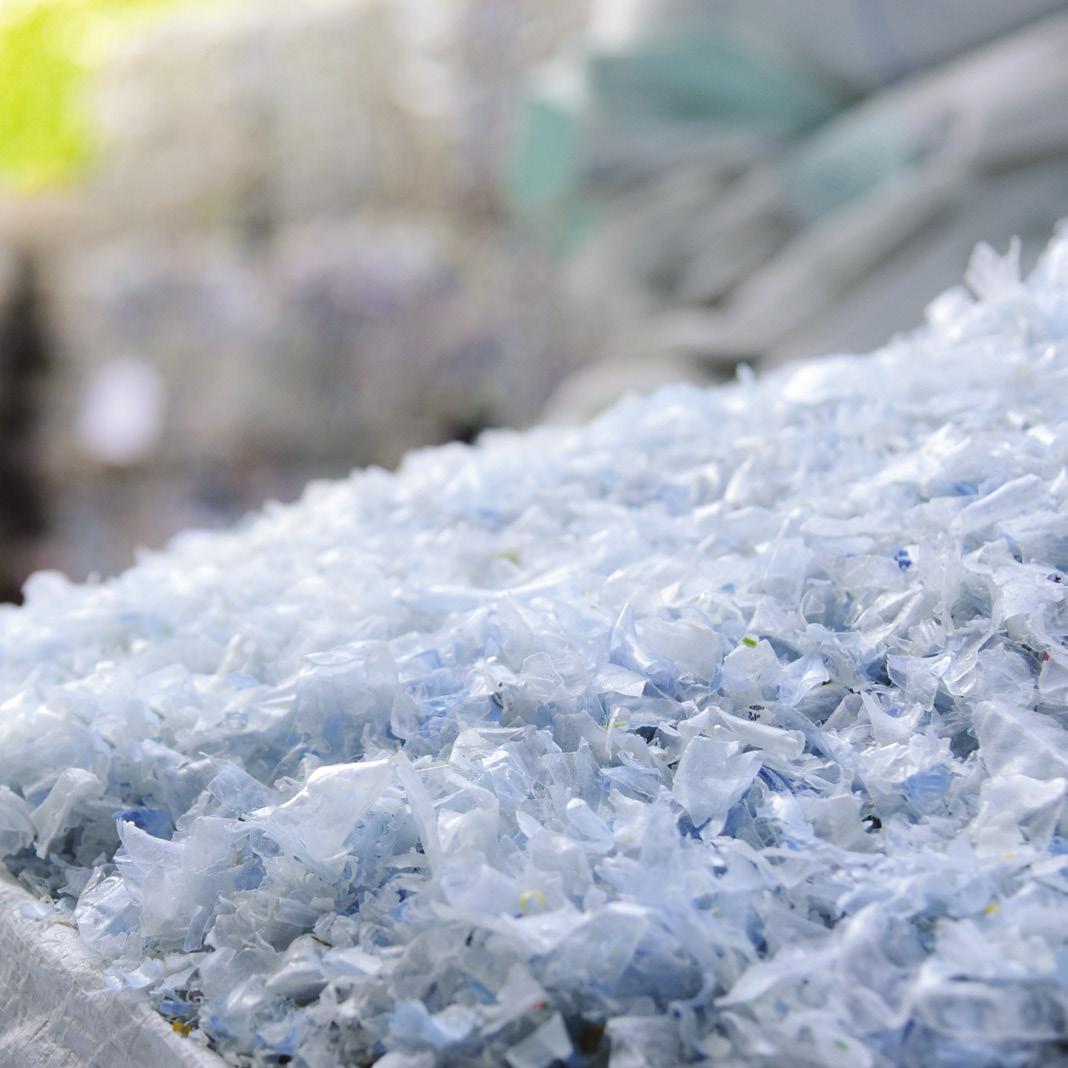
3 minute read
Introduction
from Fixing the system
Historically, developments in science, technology and policy have often had unintended consequences. A case in point is chlorofluorocarbons (CFCs), initially introduced as safer refrigerants than substances like ammonia but later found to destroy the ozone layer.
Advertisement
We can learn from these missteps. With careful research, such unintended consequences can often be predicted and prevented. Even unforeseen outcomes can be addressed, which is what happened after the impact of CFCs became clear and the international community reacted swiftly to phase out the offending substances through the 1987 Montreal Protocol.
An effective environmental policy, therefore, should apply foresight to prevent unintended consequences and react to the unforeseen. However, in the quickly emerging technology and policy landscape aiming to address plastic pollution, this approach is not yet evident. Some changes are already being introduced that will not be sustainable. These include the replacement of unnecessary single use plastic items with equally unnecessary single use items made from other substances, and the introduction of novel materials before their impacts are fully understood and the systems are in place to handle them properly.
Fortunately, with plastics, and resource use more widely, it is not too late to change tack and ensure a sustainable solution. In this report, we outline what is required for a more holistic approach to solving the plastics problem, one that will prevent known negative consequences and be able to respond quickly when problems occur in future.
The most relevant example of the unintended consequences of material use comes from the invention of plastic. Plastic was created in direct response to an impending environmental crisis: to prevent the extinction of elephants. At the end of the 19th century, the world’s demand for ivory, particularly for billiard balls, made it increasingly difficult and expensive to source. Celluloid, the first industrialised plastic, was invented in response to a $10,000 reward offered for a new material to make billiard balls. 3
Though its volatility made it unsuitable for use in billiards, celluloid turned out to be versatile, durable and low cost. This made it quickly indispensable, most famously for cinema, but also as a replacement for other substances obtained from nature, including tortoiseshell in combs and furniture and coral in jewellery. An early sales pamphlet boasted: “[C]elluloid [has] given the elephant, the tortoise and the coral insect a respite in their native haunts; and it will no longer be necessary to ransack the earth in pursuit of substances which are constantly growing scarcer.” 4
The single use plastic bag – the poster child of throwaway living – has a similarly telling origin. It was invented in Sweden in 1959 to prevent so many trees from being cut down to make paper bags. However, its inventor, Sten Gustaf Thulin, intended his thin bag “of wealdable plastic” to be used multiple times. 5 With the frequent mismanagement of this material, and its well documented impact on the environment, these early good intentions are ironic.
We can draw two lessons from these stories:
Simple substitution is not the answer
Aiming to find a direct substitute for plastic would repeat the mistakes of the past. Global plastics production was reported to be 359 million tonnes in 2018, and some estimates put it above 400 million tonnes. 6 This is expected to rise to 1.124 billion tonnes by 2050. 7 Efforts to address this will only succeed if the first focus is to reduce the need to use so much material in the first place, in line with the waste hierarchy legally enshrined in the UK, which prioritises prevention. 8
A systemic approach is needed to curb throwaway living Plastic enabled a throwaway culture to develop, meaning materials are used only briefly, are often undervalued and their impacts are often not considered or accounted for. The future system of resource stewardship should ensure that all materials – including but not limited to plastic – are properly valued throughout their lifecycle.
In this report, we present solutions and a more holistic approach that will avoid unintended consequences.








